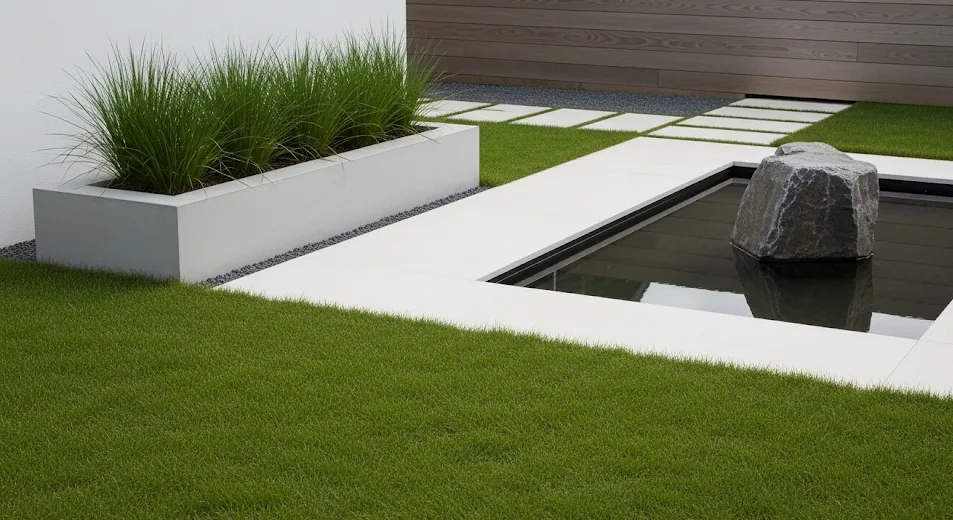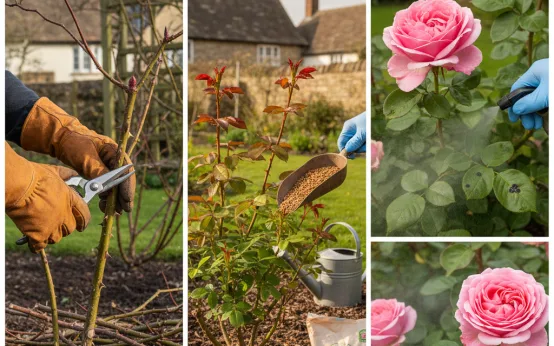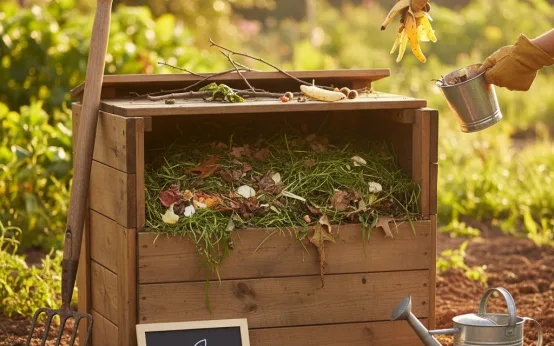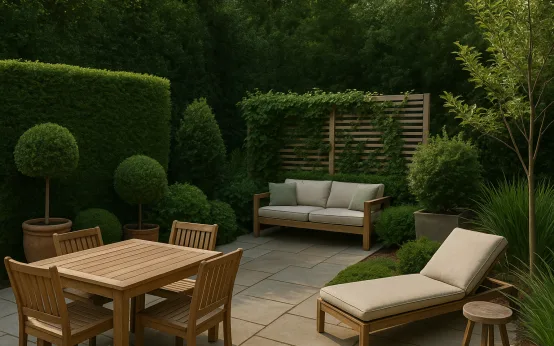
Minimalism in garden design is about more than simply reducing clutter; it is about creating spaces that feel calm, purposeful, and elegant. In the UK, where gardens vary from compact city courtyards to larger suburban plots, modern minimalist design has become increasingly popular for its clean lines, practical layouts, and low-maintenance appeal. By stripping away unnecessary elements and focusing on essential features, minimalist gardens offer beauty through simplicity, combining form and function in a way that enhances everyday living.
Why Minimalism Works in Gardens
Modern life is busy, and many people seek gardens that act as places of rest rather than constant work. Minimalist design answers this need by reducing complexity. Instead of crowded borders, mismatched furniture, and high-maintenance lawns, the minimalist approach values open space, simple structures, and carefully chosen plants.
In the UK, where outdoor space is often limited, this style is particularly effective. Clean layouts make small gardens appear larger, while neutral palettes and structured planting bring a sense of order. Minimalism also suits a wide range of architectural styles, from Victorian terraces to new-build homes, because it focuses on balance rather than excess. Importantly, minimalist gardens are not sterile or empty; they use fewer elements but give each one greater impact, creating a sense of harmony that is both stylish and sustainable.
Key Features of Modern Minimalist Gardens
Minimalist gardens rely on a handful of carefully considered features rather than a wide variety of competing elements. Among the most common are:
- Clean lines and geometry: Straight paths, rectangular planters, and simple shapes define the layout.
- Neutral colour palettes: Whites, greys, and blacks form the base, often contrasted with green foliage.
- Limited plant selection: A smaller number of species repeated across the garden for consistency.
- Functional furniture: Sleek, modern seating and tables that blend with the design rather than dominate it.
- Hard landscaping focus: Stone, gravel, concrete, or decking used as key surfaces instead of expansive lawns.
By sticking to these principles, you can create a garden that feels modern, uncluttered, and timeless. Every feature earns its place, and the result is a space that feels intentional rather than accidental.
Designing with Plants in a Minimalist Style
Planting in minimalist gardens is about quality over quantity. Instead of mixing dozens of species, the focus is on repetition and structure. Ornamental grasses such as miscanthus or festuca bring soft movement against hard surfaces, while evergreens like box or yew provide formality and year-round structure. Tall plants can act as screens, while ground covers reduce bare soil and keep maintenance low.
Colour is usually restrained, sticking to shades of green, white, and occasional muted tones. This ensures the space feels calm rather than chaotic. For example, a row of white alliums or a cluster of lavender can create impact without overwhelming the eye. Grouping plants in blocks, rather than scattering them, reinforces the sense of order.
Hard landscaping plays a large role too. Raised beds in simple geometric shapes, gravel pathways, or concrete patios all highlight the plants by giving them clean backdrops. Water features are sometimes included but kept sleek and understated, such as a reflective pool or a narrow rill. In small UK gardens, vertical planting using green walls or trellises saves space while maintaining the minimalist ethos.
A Lifestyle Garden
What makes minimalist design particularly appealing is how well it aligns with modern lifestyles. Maintenance is reduced, since lawns are often replaced by gravel or decking, and plant selections are hardy and low-care. Furniture is functional and durable, chosen for comfort and style without unnecessary detail. Lighting is subtle, often using hidden fixtures to highlight shapes or pathways rather than drawing attention to the lights themselves.
Minimalist gardens are also flexible. They can serve as outdoor dining areas, quiet retreats, or extensions of indoor living spaces. Large glass doors opening onto simple patios are a hallmark of contemporary UK homes, blurring the line between inside and outside. Sustainability also fits naturally within this style, as fewer plants and materials often mean reduced water and energy use. Choosing durable, weather-resistant surfaces ensures longevity, keeping the garden looking sharp with minimal upkeep.
Above all, minimalist gardens prioritise how you feel in the space. They are designed to calm the mind, reduce visual noise, and encourage slow enjoyment of nature. Whether in a tiny urban courtyard or a spacious suburban plot, this design style proves that less can indeed be more.

 Rose Garden Care: Pruning, Fertilizing, and Disease Prevention
Rose Garden Care: Pruning, Fertilizing, and Disease Prevention  How to Start Composting: A Beginner’s Guide
How to Start Composting: A Beginner’s Guide  Creating Outdoor Room Divisions with Plants
Creating Outdoor Room Divisions with Plants